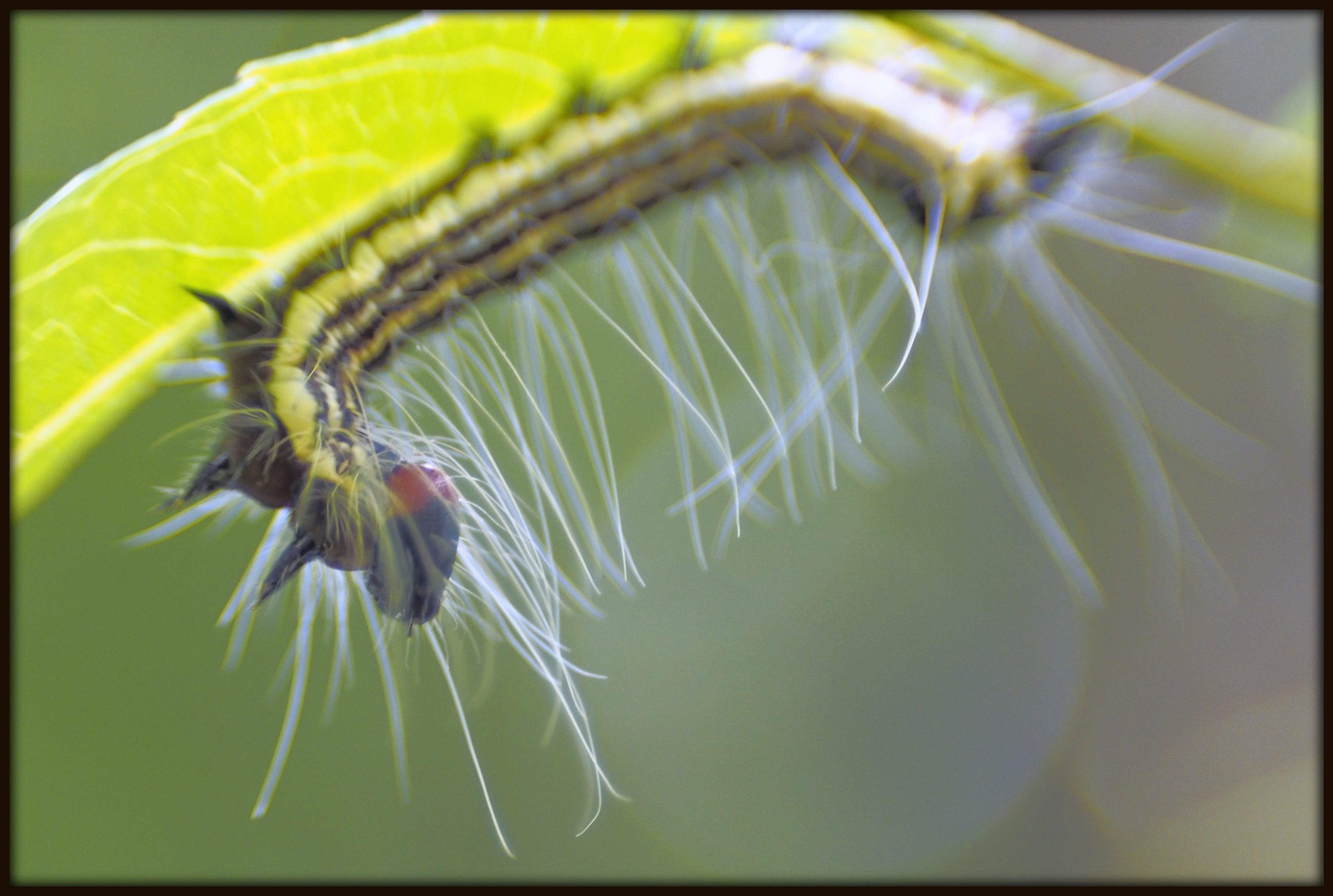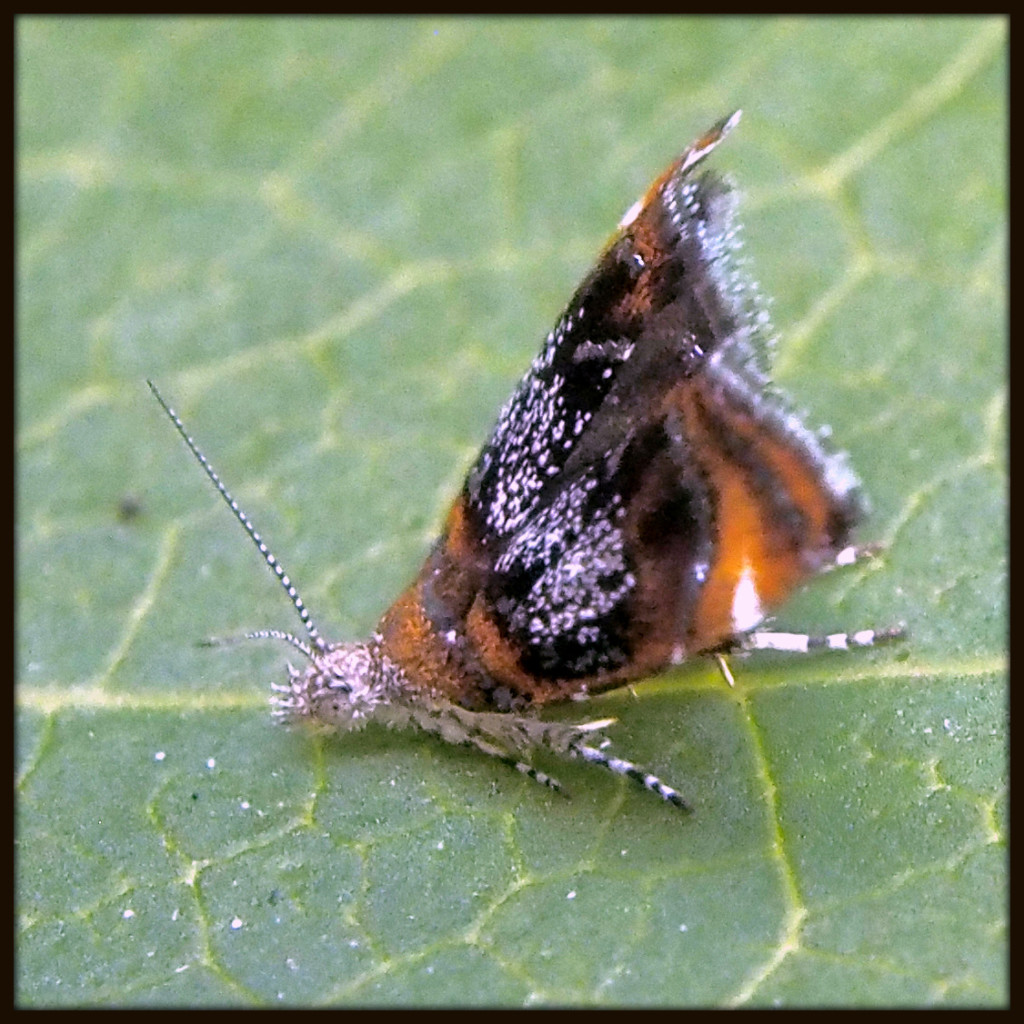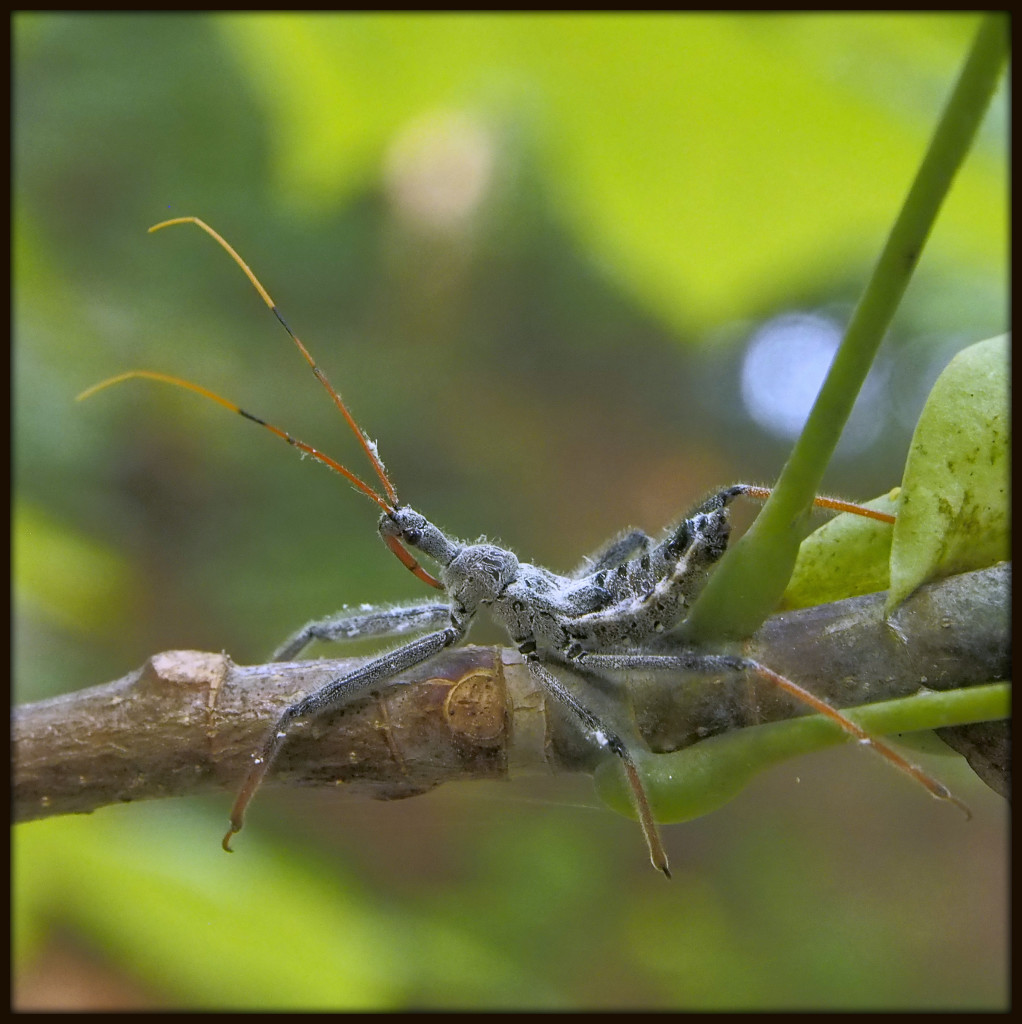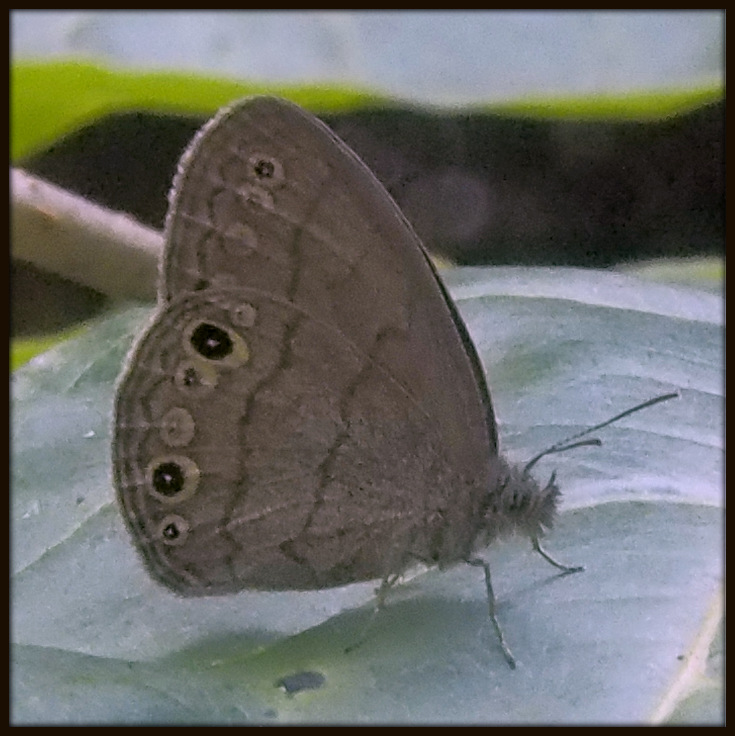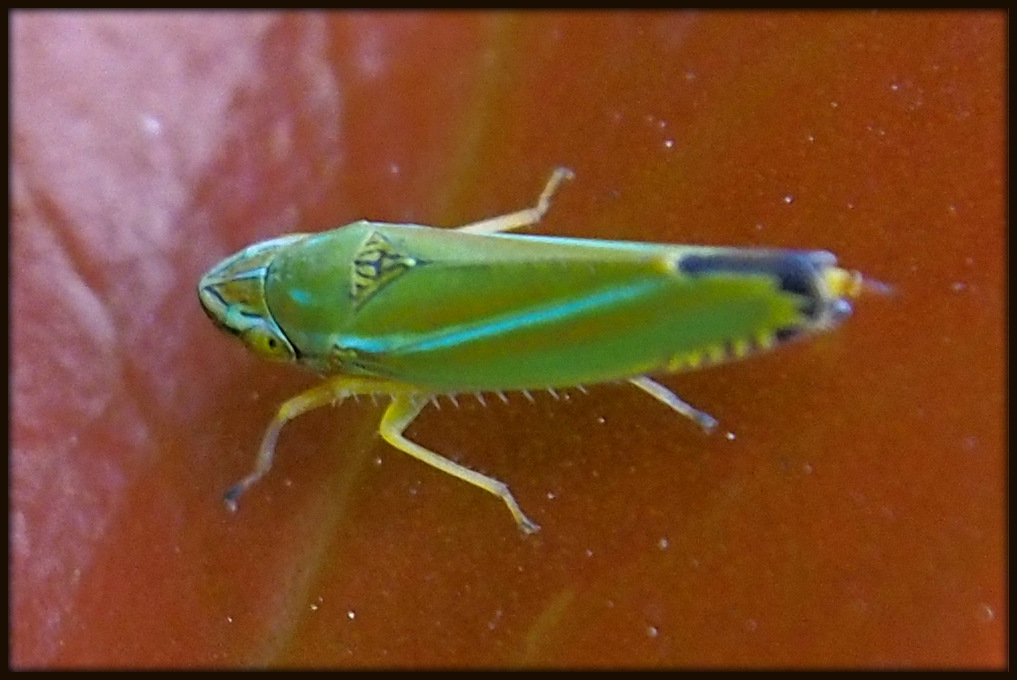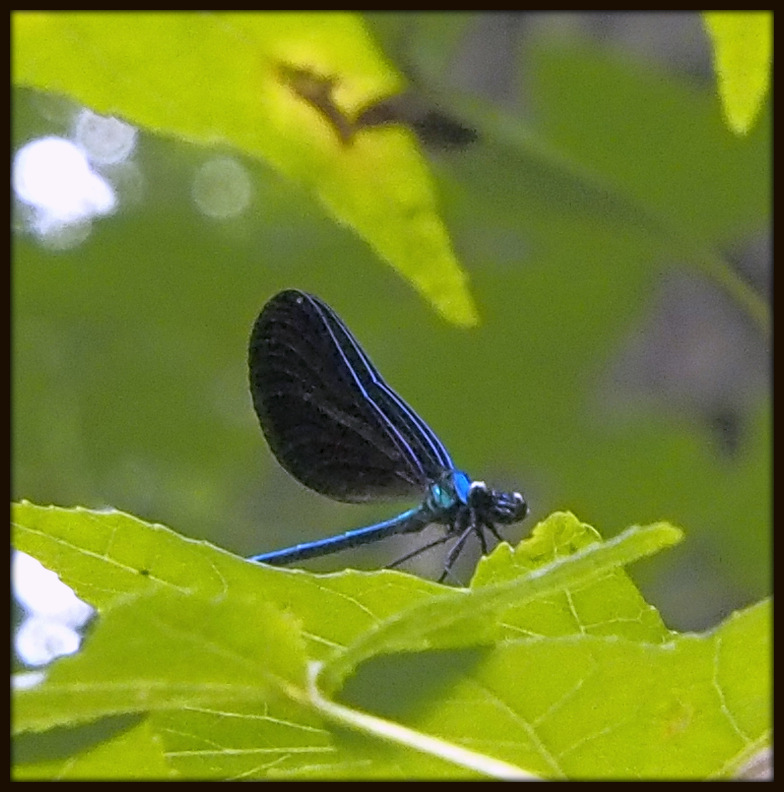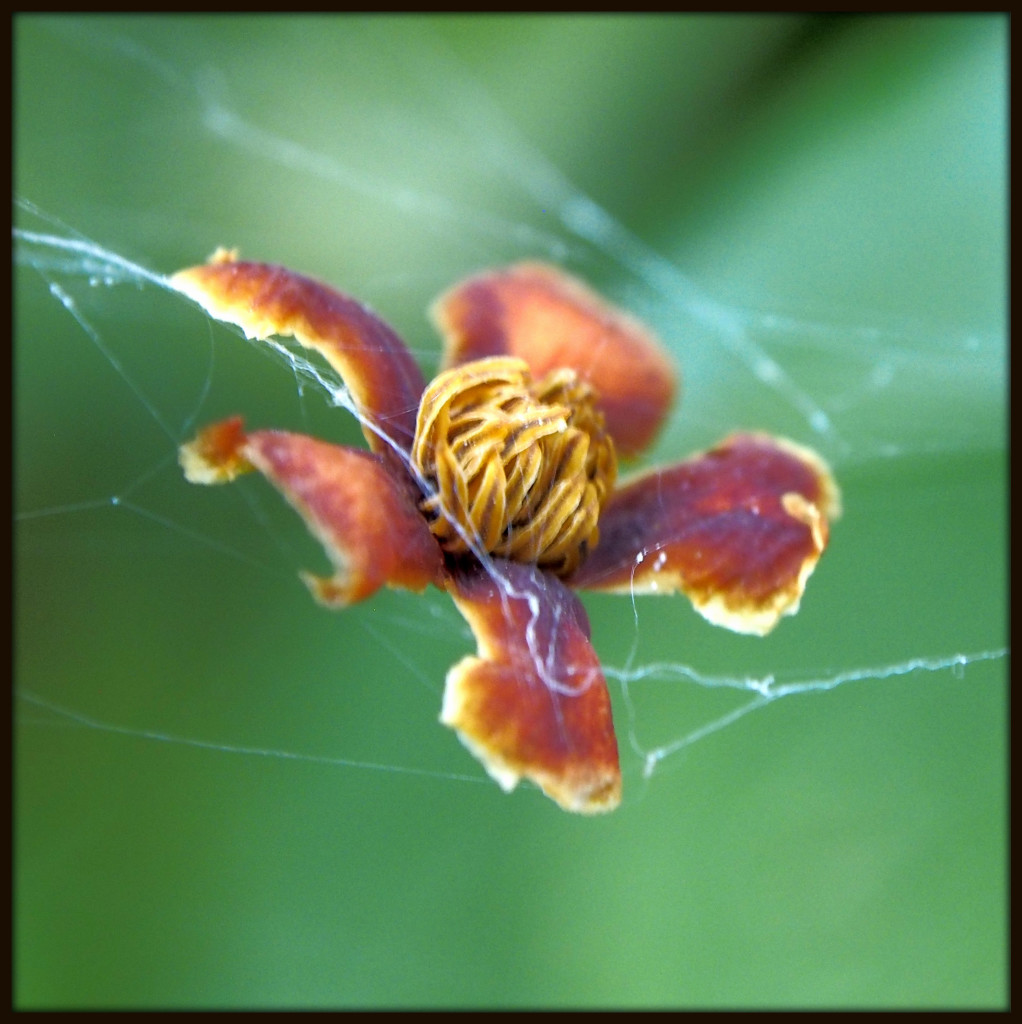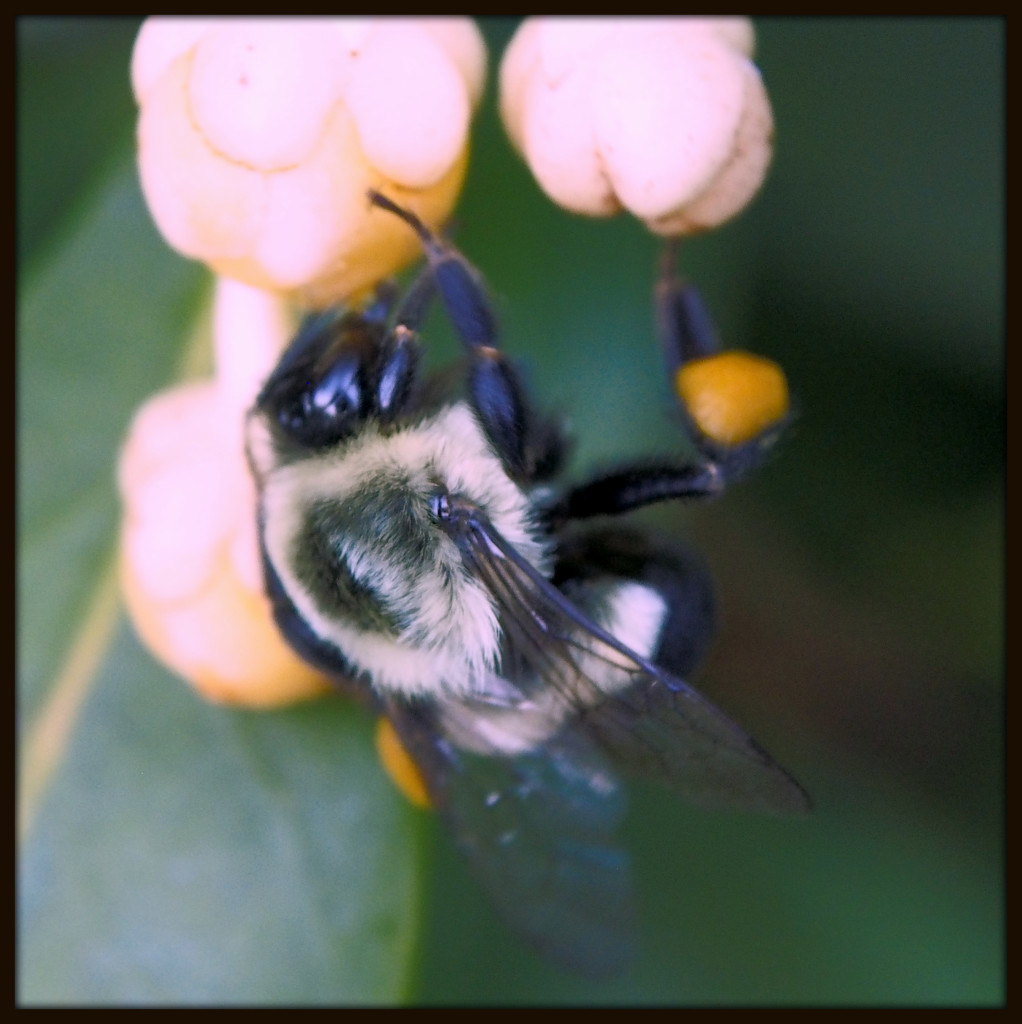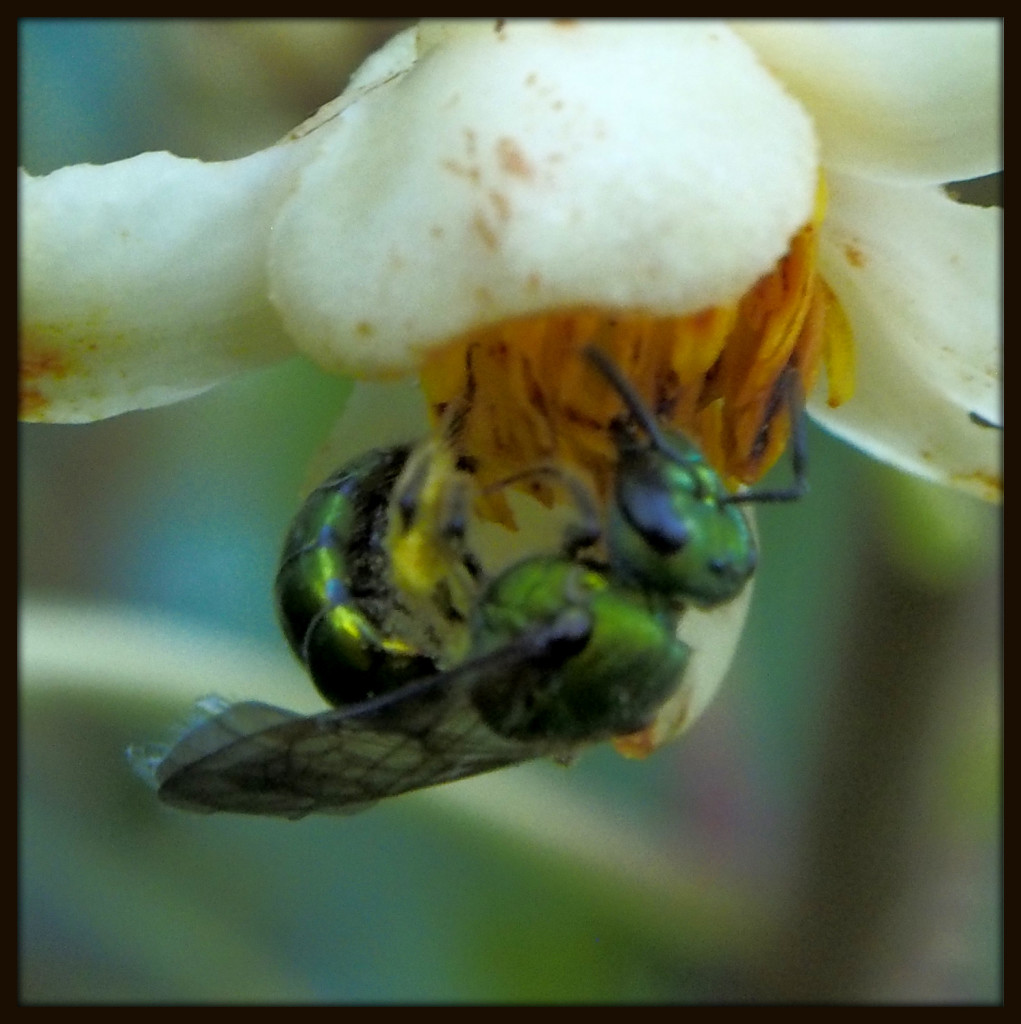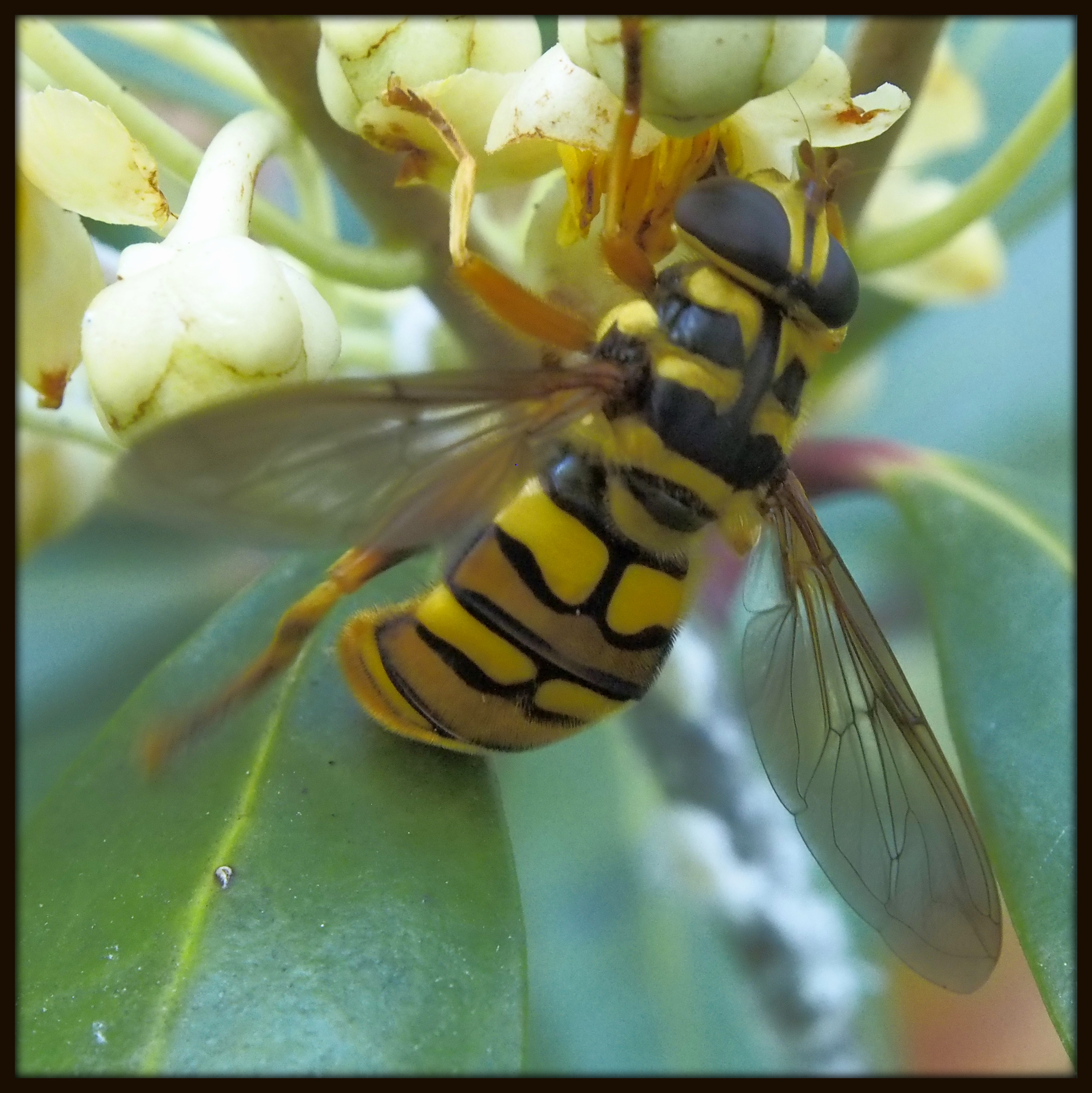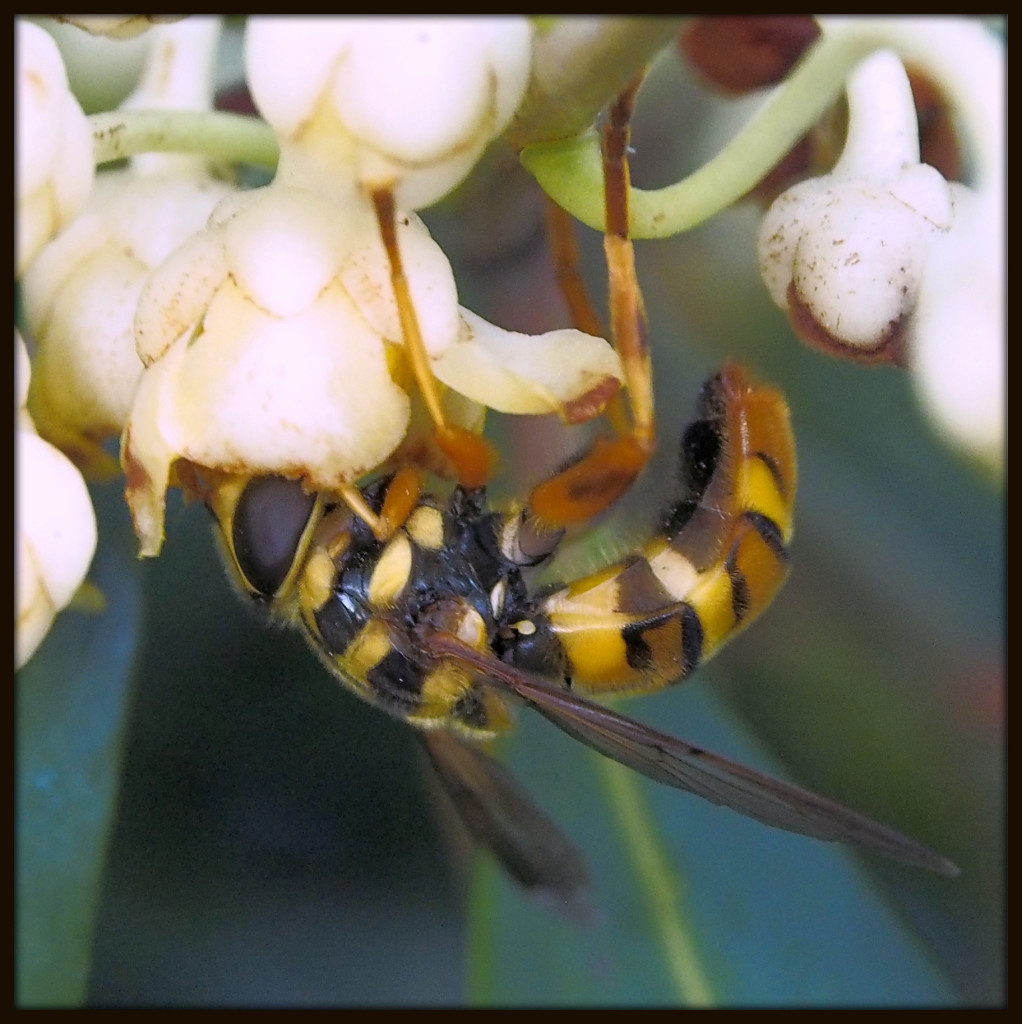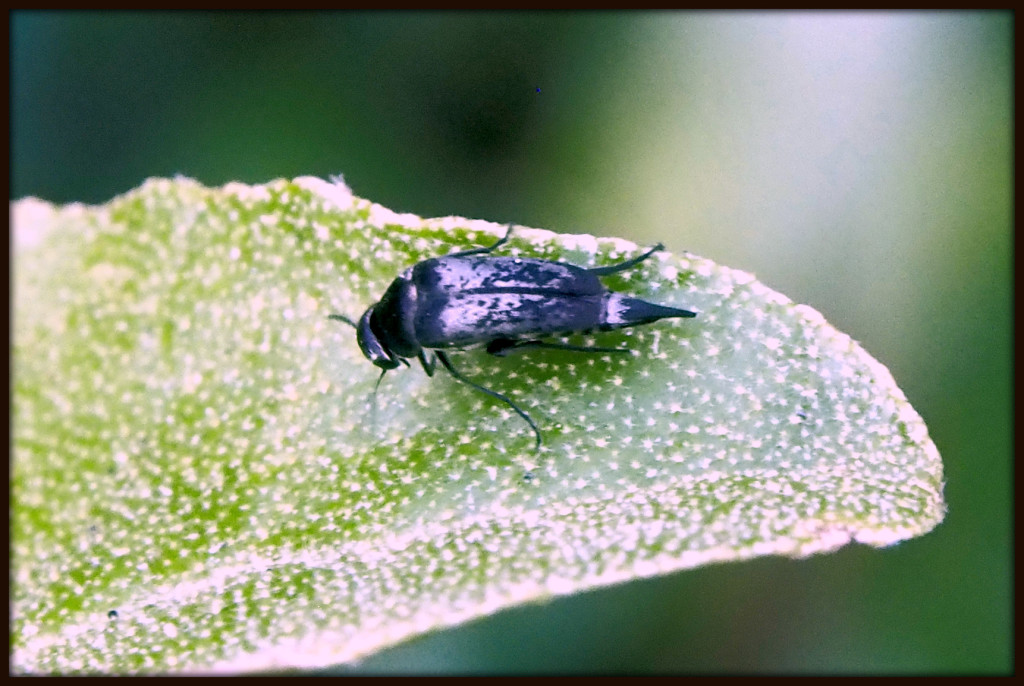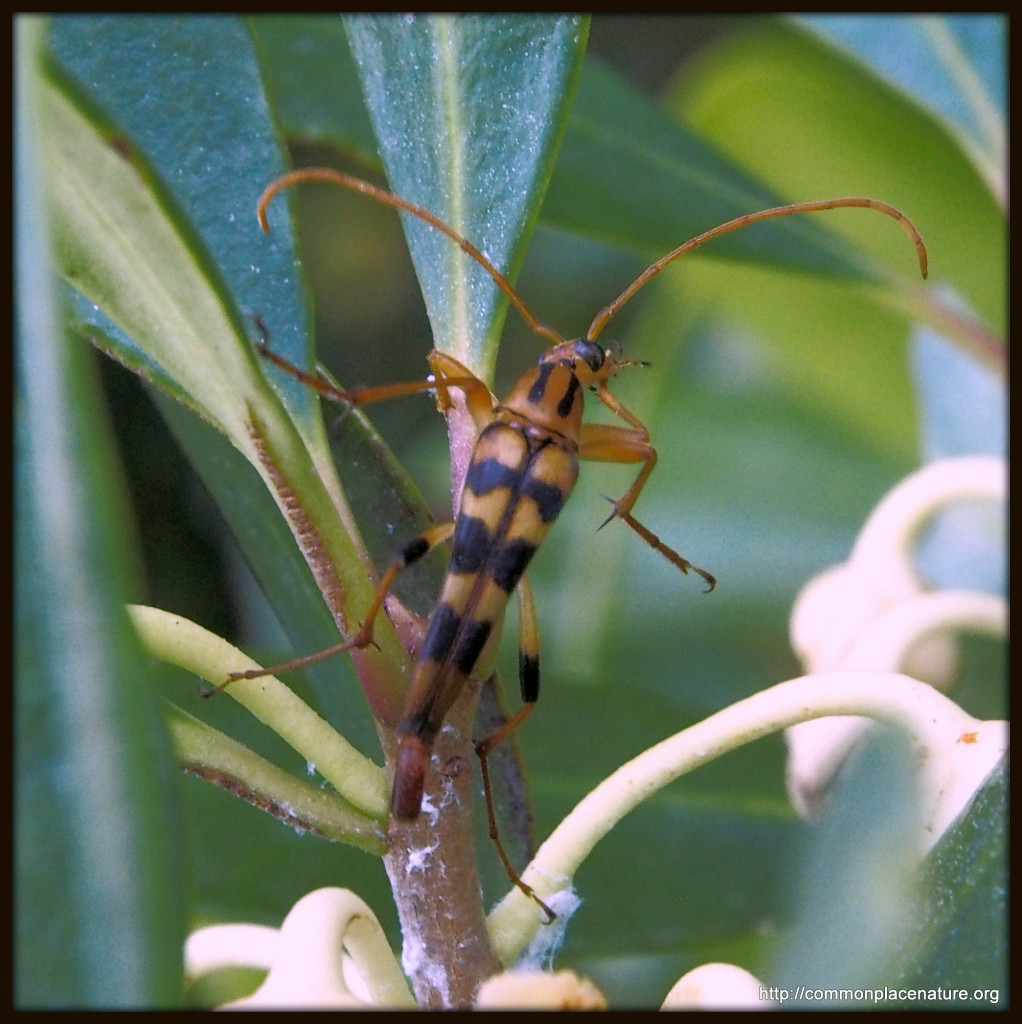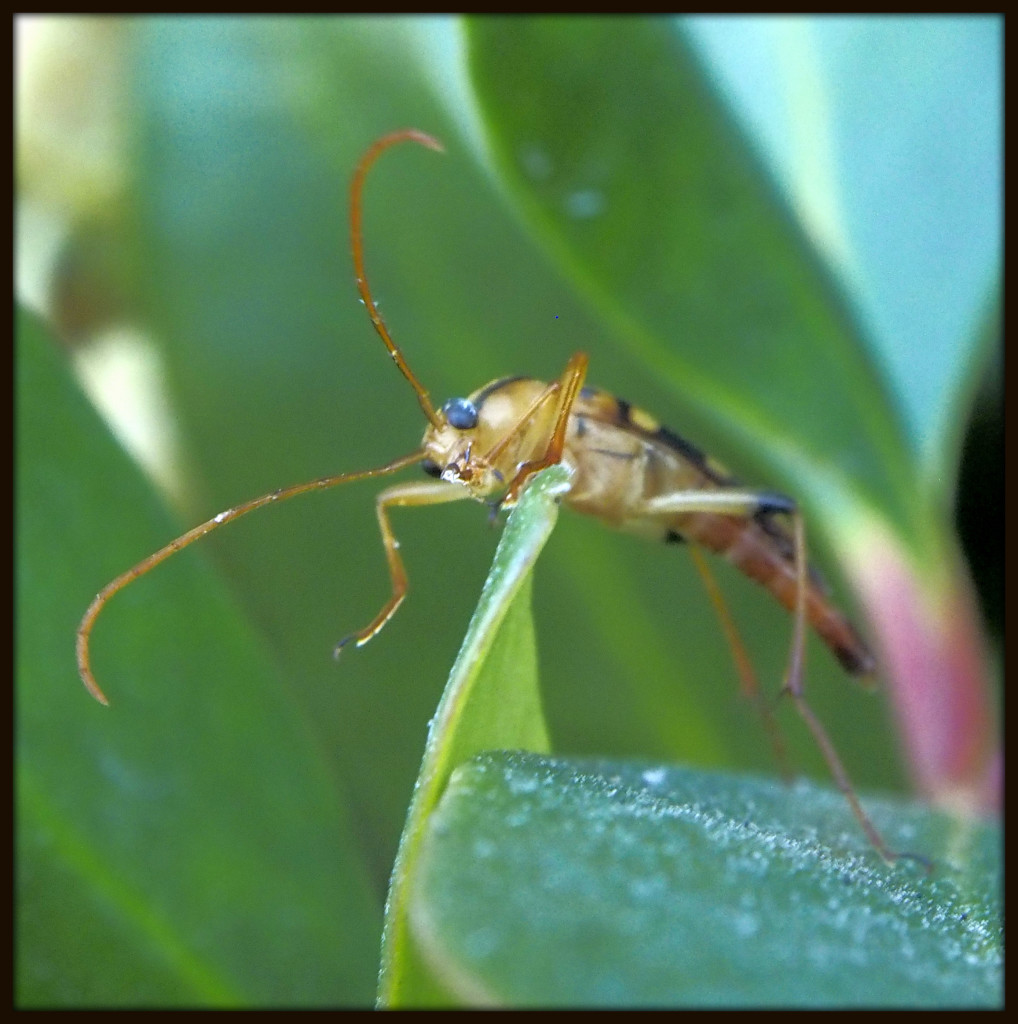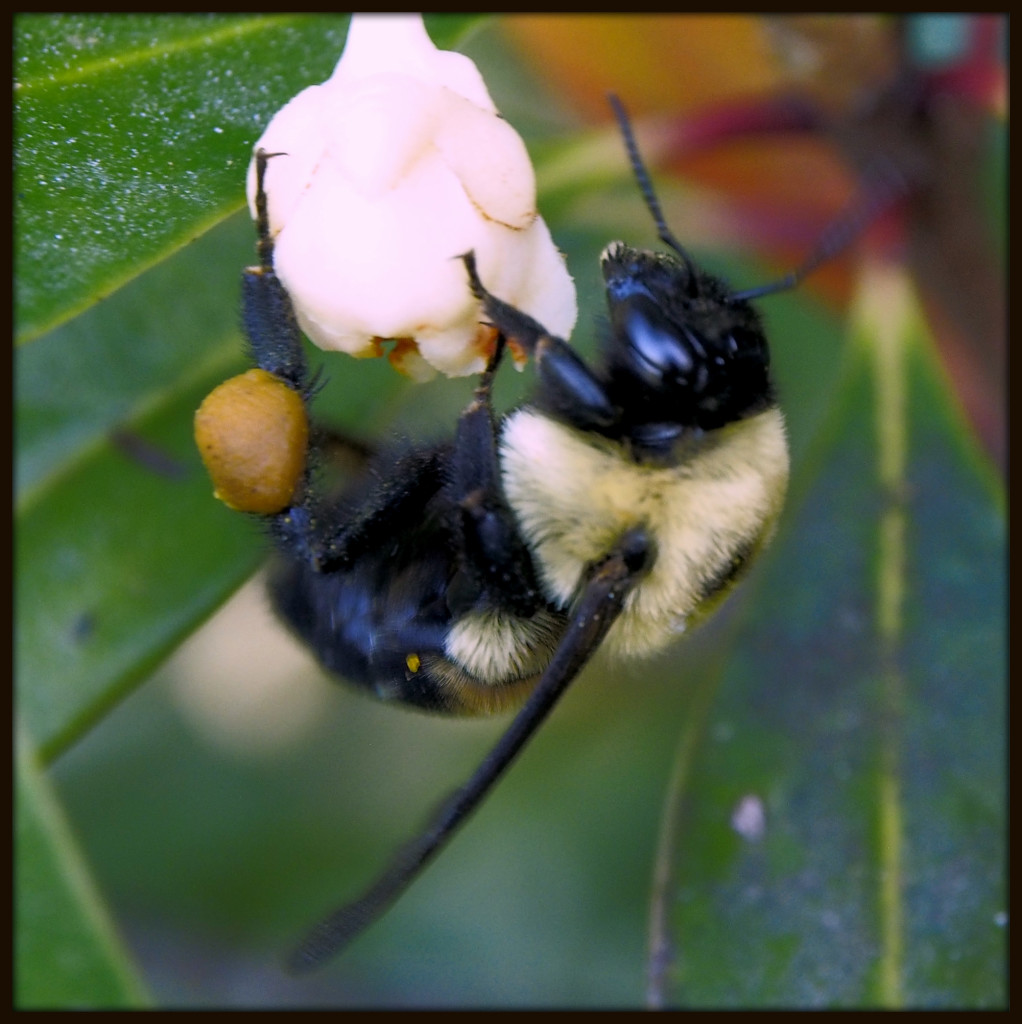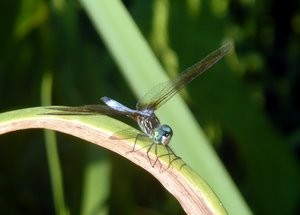 This article and the photograph accompanying it are the fruits of a naturalist’s recent adventure at Melvin L. Newman Wetlands Center, administered by the Clayton County Water Authority and located just south of Jonesboro, Georgia. On a sunny afternoon stroll along the boardwalks, bridges, and gravel paths there, this author encountered dragons, damsels, and even a robber awaiting its next victim. And he returned from his journey with numerous photographs to share as evidence of his exploits, included as a slide show. Yes, it is true that they were all insects: dragonflies, damselflies, and robber flies. But they were particularly intriguing and colorful ones, nonetheless, and made fitting characters for a natural history flight of fancy in the midst of a Georgia summer.
This article and the photograph accompanying it are the fruits of a naturalist’s recent adventure at Melvin L. Newman Wetlands Center, administered by the Clayton County Water Authority and located just south of Jonesboro, Georgia. On a sunny afternoon stroll along the boardwalks, bridges, and gravel paths there, this author encountered dragons, damsels, and even a robber awaiting its next victim. And he returned from his journey with numerous photographs to share as evidence of his exploits, included as a slide show. Yes, it is true that they were all insects: dragonflies, damselflies, and robber flies. But they were particularly intriguing and colorful ones, nonetheless, and made fitting characters for a natural history flight of fancy in the midst of a Georgia summer.
The wetland edges were filled with dragonflies where the waters were still, and occasional damselflies near flowing sections. The insects were typically either flying about or perching on a cattail or other bit of tall vegetation. Dragonflies and damselflies are insects belonging to the order Odonata, also known as odonates. Odonates are characterized by having long, slender bodies with two sets of veined wings and large compound eyes.They also have life cycles with two parts. After hatching, odonate larvae live underwater in streams and ponds, preying on other insect larvae (including mosquitoes). During the larval stage, they tend to be dull in color, enabling them to blend into the rocks, mud, and underwater vegetation to avoid being eaten by a fish, turtle, frog, or bird. Then, after going through several molts enabling the larvae to grow, they climb up out of the water for a final molt, emerging as a winged adult. As adults, they are swift and fierce predators of other insects (including adult mosquitoes). Many are brightly colored, with brilliant shades of blue, green, and red, like flying jewels. (Indeed, one common damselfly in Piedmont Georgia, present at Newman Wetlands Center, is called the ebony jewelwing.)
While dragonflies and damselflies do not appear to have lived in Middle Earth (at least not as described by Tolkien in The Lord of the Rings), they were abundant way back in the Carboniferous Period, over 300 million years ago, long before there were mammals or even dinosaurs. Fossils reveal that the early dragonflies were enormous, with wingspans up to one meter. In that time before birds or even pterodactyls, they were the mighty predators of the air, patrolling the Carboniferous swamps where tree ferns and giant club mosses grew.
While odonates are much smaller nowadays, several Georgia dragonflies have bodies approaching 6 cm in length, with 10 cm wingspans. They are are at once fabulous and frustrating to photograph. Odonates are large and often dazzling in color, making them easy to spot. They frequently rest atop high vegetation, sometimes perching there to watch for prey, other times pointing the abdomens into the air in a behavior known as obelisking (a means of keeping cool by reducing exposure to the sun). Dragonflies, in this writer’s experience, tend to be more willing subjects for the photographer, frequently landing a few feet away along a boardwalk or on a nearby cattail stalk. If disturbed, they often take off, only to circle for a moment and then land again in nearly the same location as before. Damselflies, on the other hand, are exceedingly coy. They seem to sense when a photographer is getting ready to take a picture, dashing off to another branch a bit further way. Once the photographer has focused on the damselfly on its new perch, it abruptly takes off again.
Besides these behavioral distinctions (which may have had more to do with the particular odonate specimens that this author encountered on his walk) there are a couple of important anatomical differences between dragonflies and damselflies. Dragonflies belong to the sub-order Anisoptera, roughly meaning “unequal wings”, in reference to the fact that their two sets of wings are not the same size. They also tend to have larger. stockier bodies. At rest, they spread their wings out horizontally. Damselflies, on the other hand, belong to the sub-order Zygoptera, “equal wings”. Their sets of wings are the same size, and at rest, nearly all damselflies hold their wings vertically (though there is a group of damselflies called the spreadwings that doesn’t follow that pattern). In general, damselflies tend to be much smaller and daintier than dragonflies.
Dragonflies were especially abundant and diverse; this author photographed members of four different species and glimpsed a few others that got away without being captured by the lens. After a couple of attempts, he also photographed a lone species of damselfly. Fortunately, Giff Beaton recently published Dragonflies and Damselflies of Georgia and the Southeast. As a result of the superb photographs and species accounts in that guide, this author was able to identify each odonate to the species level with ease, and even determine whether the subjects were immature or adult and male or female.
There was a single robber fly sighting, too. It was resting on a wooden fence in the shade toward the end of this writer’s walk. Close up, it has a fairly ferocious appearance that fits its character well. A master predator, its victims commonly include bees and wasps, which it consumes by sucking the juices from their bodies. Members of the family Asilidae, robber flies are quite diverse in and of themselves, although decidedly less colorful and elegant than their odonate cousins. Not yet having merited a common field guide devoted to them, robber flies cannot be classified down to the species level using rudimentary guidebooks (such as the National Audobon Society’s otherwise excellent Field Guide to Insects & Spiders).
The result of the afternoon adventure is a collection of photographs, along with memories of “the ones that got away”. The reader might argue that this author’s exploits fall short of deserving a poetic cycle in the style of Homer, or even an ode, for that matter. But there is some satisfaction, this writer believes, in knowing that hunting for dragonflies and damselflies is actually becoming a popular pastime (if not yet on the scale of birding). Named after the odonates themselves, the hobby is known as oding.
This article was originally published on 5 July 2010.

 This article and the photograph accompanying it are the fruits of a naturalist’s recent adventure at
This article and the photograph accompanying it are the fruits of a naturalist’s recent adventure at 